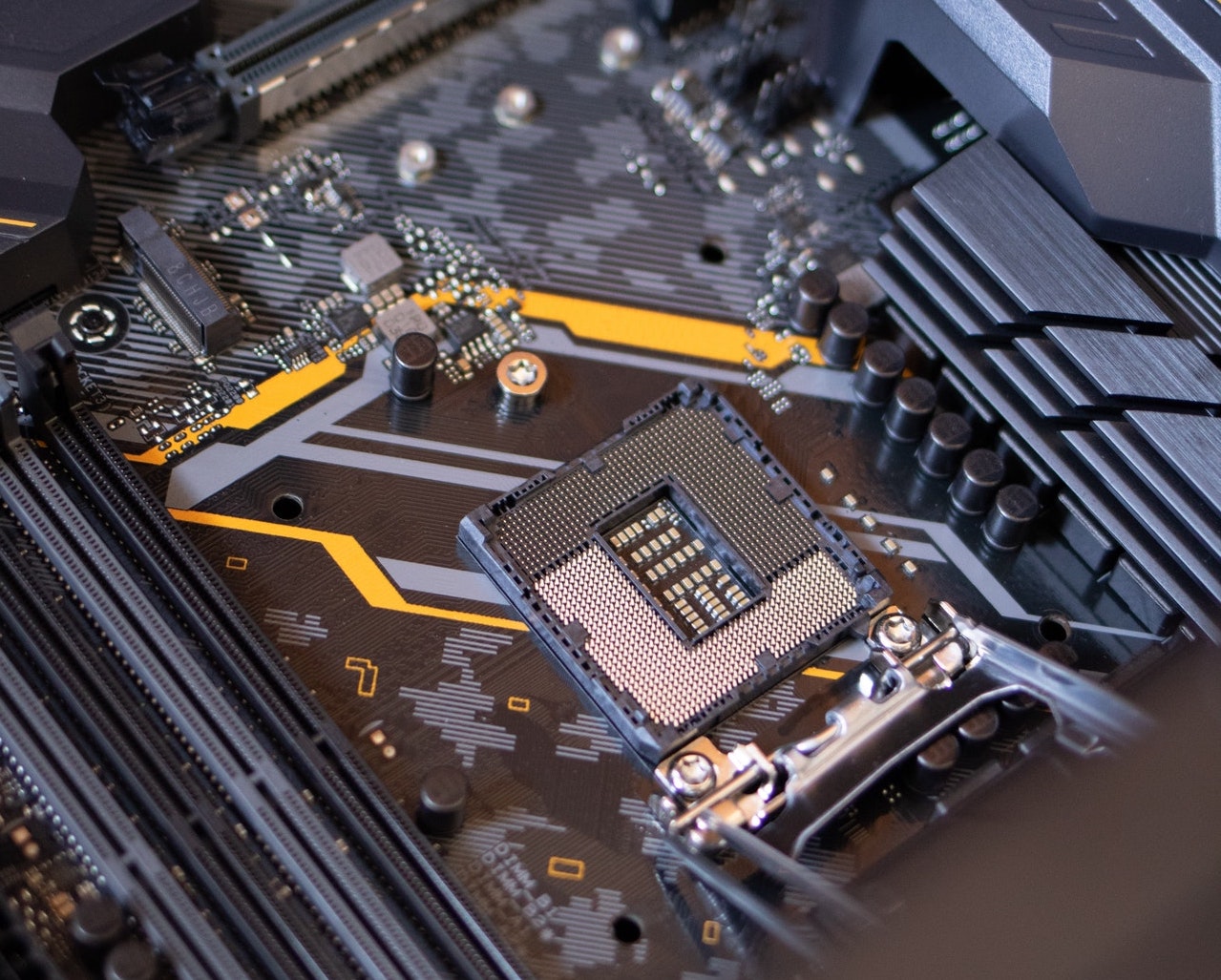
A futurist and pioneer of human-computer interfacing, Raymond Kurzweil has enriched our society with inventions that improve the quality of life for disabled people, while also merging technology with the arts. In 1976, he developed the Kurzweil Reading Machine—the first machine that could read printed and typed documents aloud. Other invention firsts of Kurzweil's include the first musical synthesizer—capable of reproducing the sounds of orchestral instruments—and the first commercially marketed large vocabulary speech recognition system. As of 2019, the prolific inventor has his name on 117 U.S. patents or published patent applications. Kurzweil's work—which includes numerous books written on health, artificial intelligence, transhumanism, and the technological singularity—has garnered a number of awards, including the National Medal of Technology (1999), The White House Award for Entrepreneurial Excellence (1986), and induction into the National Inventor's Hall of Fame (2002). To date, he has been awarded 21 honorary doctorate degrees and has received awards from 3 U.S. Presidents. The Public Broadcasting Service (PBS) included Kurzweil as one of 16 "revolutionaries who made America" along with other inventors of the past two centuries.
By the time Kurzweil enrolled at MIT, he had already established himself as a promising young inventor. Part of MIT's allure for Kurzweil was the fact that he'd been corresponding with Marvin Minsky, an artificial intelligence guru at the school, since he was in high school. Once he arrived at MIT, Kurzweil didn't slow down. Notably, he took all of the computer programming courses (eight or nine) offered at MIT in his first year and a half. During his sophomore year, Kurzweil started a company that used a computer program to match high school students with colleges. At age 20, he sold his company to educational publisher Harcourt for $100,000 ($748,000 in 2020 dollars) plus royalties. In 1970, with a double-major in computer science and creative writing, he received a Bachelor of Science from MIT.
Since leaving his MIT roots, Kurzweil has maintained a strong connection, especially since his alma mater has awarded him numerous top prizes for his inventions. For instance, Kurzweil was named "Inventor of the Year" by MIT on two separate occasions, in 1988 and 1999. Even better, in 2001, Kurzweil was the recipient of the $500,000 Lemelson-MIT Prize, the largest cash prize for inventions in the U.S. The prestigious prize is administered through the School of Engineering at MIT, which highlighted Kurzweil's creation of the first reading machine for the blind.
